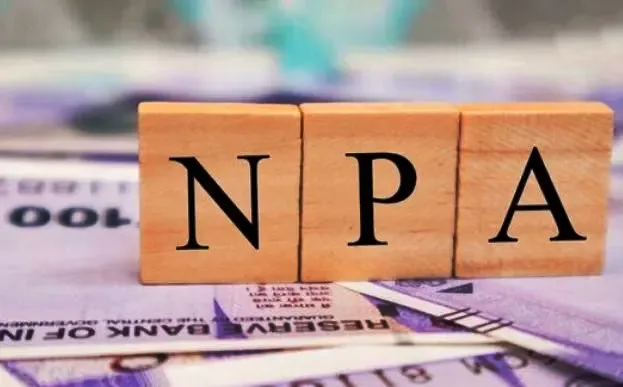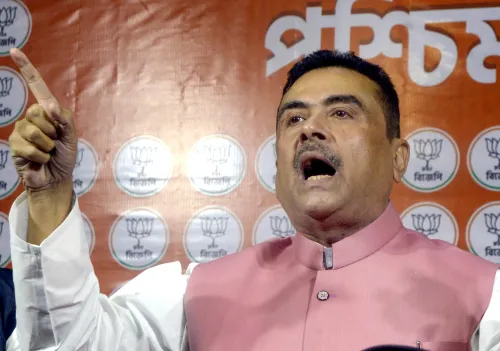India's Bank Gross NPA Ratio Hits 12-Year Low at 2.6%

Mumbai, Dec 31 (NationPress) The quality of assets among India’s banking institutions has seen remarkable enhancement, with the gross non-performing assets (GNPA) ratio declining to 2.6 percent of total advances in September 2024. This represents the lowest level recorded in the last 12 years, according to the Reserve Bank of India’s (RBI) most recent financial stability report.
The net NPA ratio stood at approximately 0.6 percent, as highlighted in the RBI's December 2024 issue of the Financial Stability Report (FSR).
According to the report, the decrease in GNPA was driven by a combination of decreasing slippages, increased write-offs, and stable credit demand, as the GNPA ratio for 37 scheduled commercial banks (SCBs) fell to this multi-year low.
The enhancement in asset quality among SCBs was widespread, impacting various sectors and bank categories, as noted in the report.
Furthermore, the report indicated that the proportion of large borrowers within the GNPA of banks has progressively decreased over the last two years. The asset quality concerning large borrower portfolios has significantly improved, with the GNPA ratio dropping from 4.5 percent in March 2023 to 2.4 percent in September 2024.
In the large borrower category, the proportion of standard assets relative to the total funded amount has consistently increased over the past two years.
Within the large borrower segment, the concentration of the top 100 borrowers has reduced to 34.6 percent as of September 2024, indicating a growing credit demand among medium-sized borrowers, as stated in the report.
Importantly, none of the top 100 borrowers were classified as NPAs in September 2024.
The report also noted that the profitability of SCBs strengthened during the first half of 2024-25, with profit after tax (PAT) experiencing a year-on-year growth of 22.2 percent.
Public sector banks (PSBs) and private banks (PVBs) recorded PAT growth rates of 30.2 percent and 20.2 percent, respectively, while foreign banks (FBs) showed modest single-digit growth at 8.9 percent.
The overall strength of SCBs has been supported by robust profitability, diminishing non-performing assets, and sufficient capital and liquidity buffers. The return on assets (RoA) and return on equity (RoE) are at their highest levels in a decade, while the GNPA ratio has reached a multi-year low, as per the report.
According to the RBI, the banking stability indicator (BSI), which evaluates the resilience of the domestic banking system, has shown further improvement during the first half of 2024-25.
The resilience of India's banking system has been reinforced by strong capital buffers, solid earnings, and ongoing enhancements in asset quality, the report concluded.










